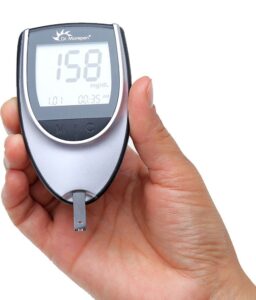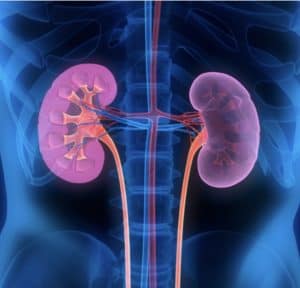Overview
Sunflower syndrome is a rare epileptic disease characterized by seizures with a high degree of stereotypy. Individuals with Sunflower syndrome turn toward a bright light while simultaneously waving one hand in front of their eyes during these seizures. This peculiar conduct is accompanied by sudden lapses in consciousness.
Symptoms
Sunflower syndrome is characterized by an initial attraction to bright light, followed by seizure activity that involves hand-waving and awareness interruptions. As previously noted, these episodes usually begin before the age of ten. The attraction to light frequently occurs days to months before the commencement of handwaving episodes.
Additionally, patients with Sunflower syndrome can experience additional forms of seizures. Absence seizures and generalized tonic-clonic seizures are examples. Some individuals get tonic-clonic seizures following prolonged exposure to strong light and continuous hand waving.
Diagnosis
There are presently no clinical or laboratory diagnostic standards for Sunflower syndrome. Individuals with Sunflower syndrome, however, show abnormal electroencephalograms (EEGs) with characteristics comparable with generalized epilepsy.
Treatment
The only approach to developing a successful cure is to investigate the Sunflower Syndrome’s natural history. Frequently, Sunflower syndrome requires Polytherapy (several medications) to control hand-waving episodes. There is no “one-size-fits-all” treatment, meaning that no drug has been found to be beneficial for all patients. Behavioral Interventions can assist in the reduction of Hand Waving Episodes. It comprises hats, sunglasses, hand-holding accessories, and special or tinted spectacles. According to reports, welders’ goggles are the most effective.
Experiencing sunflower syndrome
Not all of the effects of Sunflower syndrome have been investigated. Due to the fact that patients with Sunflower syndrome undergo brief lapses in consciousness, hand-waving episodes might impair a person’s ability to pay attention and learn. In addition, depending on the child’s activity at the time of the hand-waving episode, these awareness disturbances may constitute a safety risk. Children with tonic-clonic seizures are at an increased risk of damage during their seizures.
The inability to prevent or regulate hand-waving episodes may contribute to the anxiety experienced by certain individuals. Children with Sunflower syndrome may endure additional stress from physicians, family members, and friends who assume the hand-waving episodes are self-initiated and under conscious control. Children frequently recall being urged to “simply stop” triggering their own seizures.

Stigma encompassing it
Initially, sunflower syndrome was classified as a form of self-induced photosensitive epilepsy. However, the term “self-induced” may not be appropriate.
Initially, it was assumed that patients with Sunflower syndrome deliberately induced seizures for attention or enjoyment. This notion contributed to the disorder’s stigma. Patients have thus come to believe that people with Sunflower syndrome can regulate their hand-waving outbursts.
Despite the fact that certain case studies provide anecdotal evidence to support this, the scientific literature’s conclusions are inconsistent. In fact, according to EEG studies, the misfiring of neurons in the brain or epileptiform activity begins simultaneously with the hand-waving action. This indicates that hand-waving may be a symptom of the seizure and not its cause.
Current research
Gene Identification – The condition is extremely stereotypical and frequently manifests in the first decade of life, suggesting that it may have a hereditary basis. Fenfluramine is now being investigated as a potential therapy option for this patient population.
Sunflower Syndrome versus Jeavons Syndrome
Individuals with Sunflower syndrome frequently develop eyelid myoclonia, characterized by symptoms such as eye fluttering and eye-rolling, years before the commencement of handwaving episodes. In this sense, Sunflower syndrome and Jeavons syndrome are related. Typically, the start occurs in the first decade of life, both are more prevalent in females, both are generalized epilepsies, and both are frequently resistant to treatment. Sunflower syndrome and Jeavons syndrome share comparable interictal and ictal EEG characteristics, such as polyspikes and spike-wave complexes.
Liked it? Read more topics on our blog.



